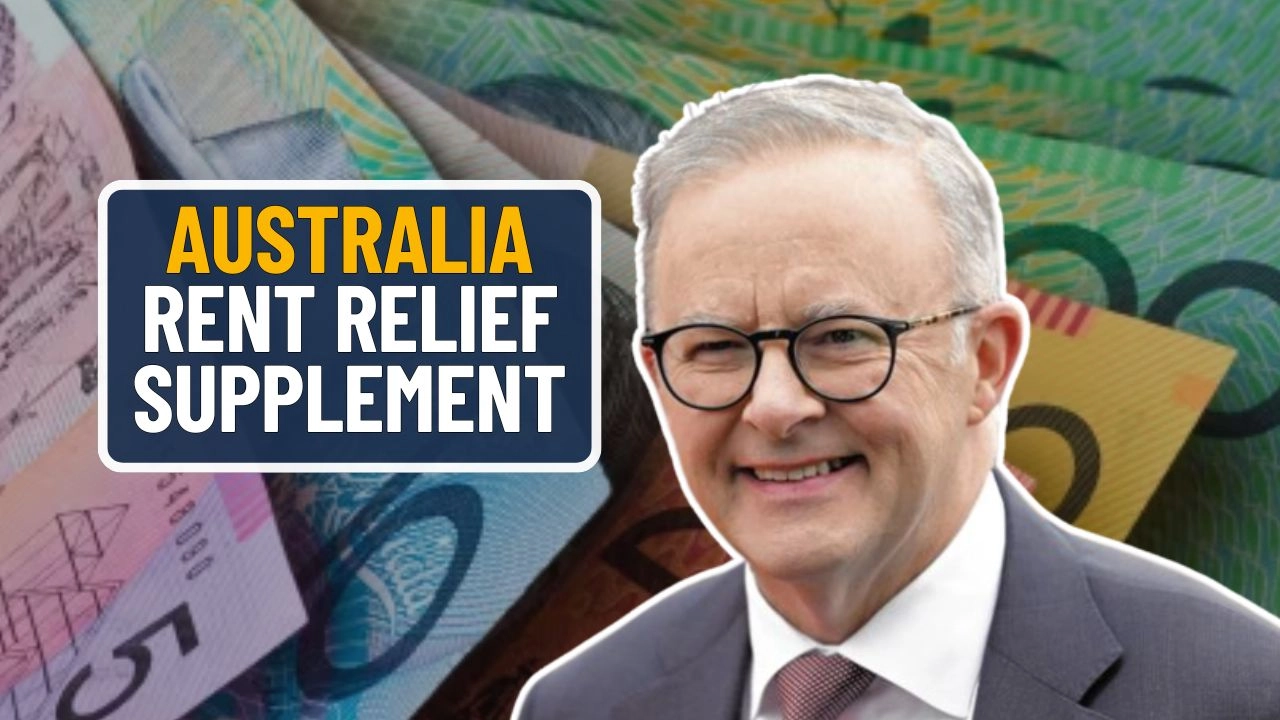In May 2025, the Australian Government reaffirmed its commitment to tackling rental stress by confirming the continuation of the Australia Rent Relief Supplement for another year. With property rental prices continuing to rise in both urban and regional markets, this support measure has become an integral part of the nation’s housing assistance framework. The supplement functions in conjunction with Centrelink’s broader payment system, offering additional relief to those grappling with rental pressures.
Evolving Beyond Temporary Relief Into Long-Term Policy
Unlike short-term assistance programs rolled out during crisis periods such as the COVID-19 pandemic, the Australia Rent Relief Supplement 2025 represents a long-term solution aimed at ongoing housing affordability challenges. Designed to target low- to middle-income households, the payment seeks to ensure that vulnerable individuals and families are not forced out of the rental market due to financial hardship. This federal effort also works alongside state-level housing support initiatives, forming a multi-tiered approach to rental assistance.
Clear Criteria Determine Who Receives the Benefit
Eligibility for the supplement in 2025 hinges on several key conditions that are carefully assessed to direct aid where it is most needed. Applicants must have an income level below the national median, with allowances made based on the size of the household. They must also currently be receiving an eligible Centrelink benefit such as JobSeeker, the Age Pension, or Youth Allowance. Furthermore, applicants must be experiencing rental stress, which is officially defined as spending over 30% of household income on rent. Only Australian citizens and permanent residents with an active rental lease in the country qualify for this ongoing assistance.
Automatic Payments Streamline the Relief Process

One of the most accessible aspects of the 2025 supplement is that eligible individuals do not need to complete a separate application if they are already receiving Centrelink benefits. Once their status and rental burden are verified, the payments are added automatically to their regular disbursements. In some cases, Centrelink may request updated documentation to ensure continued eligibility, especially when household circumstances change.
Payment Rates Reflect the Diversity of Rental Costs Nationwide
The supplement amount varies according to location, living arrangement, and household size. On average, single recipients are expected to receive up to $90 every two weeks, while families and couples could receive $130 or more within the same timeframe. These amounts are structured to reflect disparities in housing costs between metropolitan regions and more affordable rural areas. High-rent cities such as Sydney, Melbourne, and Brisbane may see slightly elevated rates to reflect the local market conditions.
Coordinated Support Between Federal and State Programs
The Centrelink Rent Relief Supplement complements existing federal housing assistance but is also designed to work in harmony with various state-level rental support programs. States such as Victoria and New South Wales already offer specific tenant grants and relief funds, which can be combined with the federal supplement to offer a more comprehensive support package. This multi-program collaboration reduces the risk of duplication and ensures that vulnerable renters receive both immediate aid and sustainable housing outcomes.
Looking Toward Future Reviews and Adjustments
The government has indicated that the supplement will remain active until at least mid-2026, with a formal evaluation scheduled for November 2025. This review will focus on determining the supplement’s impact on reducing housing stress and improving rental stability across the country. The findings may influence adjustments in both payment amounts and eligibility guidelines to better suit shifting economic trends and housing demands.
Strengthening the Safety Net Amid Rising Housing Costs
With rising living costs putting increasing pressure on Australian renters, the continuation of the Rent Relief Supplement serves as a vital lifeline. It reinforces the government’s broader commitment to ensuring housing remains accessible to all citizens, regardless of income bracket. As federal and state authorities work together to expand public housing and improve affordability, the supplement will play a central role in securing housing stability during uncertain times.


